Owner’s equity can be found on a public company’s statement of equity and at the bottom of its balance sheet, below assets and liabilities. Equity can also be illustrated by looking at what happens when a company liquidates its assets. So, before liquidating, businesses should study their equity to see what remaining assets will go to the owner(s) or shareholders once all bills are paid.
Expenses
This equation tells you how much your company is worth after all debts are paid. It often necessitates strategic changes to improve the company’s financial position. By preparing an owner’s equity statement, businesses can effectively track and report changes in their equity, ensuring transparency and accuracy in their financial records. To learn more about the income statement, see Income Statement Outline. The 500 year-old accounting system where every transaction is recorded into at least two accounts. Parts 2 – 6 illustrate transactions involving a sole proprietorship.Parts 7 – 10 illustrate almost identical transactions as they would take place in a corporation.Click here to skip to Part 7.
QuickBooks Support
Business owners may think of owner’s equity as an asset, but it’s not shown as an asset on the balance sheet of the company. Because technically owner’s equity is an asset of the business owner—not the business itself. Finding out your owner’s equity can be helpful in determining your financial position—you’ll be able to compare the owner’s equity from one period to another to figure out whether you are losing or gaining value. Owner’s equity is typically recorded at the end of the business’s accounting period.

Is owner’s equity an asset?
The resulting value represents the residual claim on assets that remains after all liabilities have been settled. Also, the company owes $15,000 to the bank as it took a loan from the bank and $5,000 to the creditors for the purchases made on a credit basis. It is a figure that arrives when the liabilities are deducted from the value of total assets. The value of owner’s equity is derived in part from a company’s assets, but owner’s equity is not itself an asset. Owner’s equity is calculated as the total value of a company’s assets minus the company’s liabilities. A company with higher assets than liabilities will show a positive owner’s equity.
Start a small business
The sole owner’s equity is a direct measure of the business’s net worth, reflecting the owner’s investment and the business’s profits and losses — a straightforward view of the business’s financial health. It represents the owner’s claims to what would be leftover if the business sold all of its assets and paid off its debts. The amounts for liabilities and assets can be found within your equity accounts on a balance sheet—liabilities career paths outside of accounting and owner’s equity are usually found on the right side, and assets are found on the left side. Owner’s equity is negative when a company’s liabilities exceed its assets, which can happen in a small business, for example, if the owner withdraws too much money from the company. Negative equity can create long-term problems for a business because it indicates that the company doesn’t have enough capital to support its operations.
Increase your assets
Treasury shares or stock (not to be confused with U.S. Treasury bills) represent stock that the company has bought back from existing shareholders. Companies may do a repurchase when management cannot deploy all of the available equity capital in ways that might deliver the best returns. Shares bought back by companies become treasury shares, and the dollar value is noted in an account called treasury stock, a contra account to the accounts of investor capital and retained earnings. Companies can reissue treasury shares back to stockholders when companies need to raise money. The shareholders’ equity number is a company’s total assets minus its total liabilities. Remember, the retained earnings account reflects the cumulative earnings of a firm since they began business, less dividends paid out to shareholders.
- Thus from the above calculation, it can be said that the value of the X’s worth is $ 2.8 million in the company.
- The articles and research support materials available on this site are educational and are not intended to be investment or tax advice.
- Owner’s equity can be negative if the business’s liabilities are greater than its assets.
- Therefore, the equation reflects the principle that all of a company’s resources (assets) can be paid in one of those two ways.
- As part of its 2023 annual report, Apple reported $73.812 billion of shareholder equity.
To calculate owner’s equity, the total assets of a business are summed up, and the total liabilities are deducted from this amount. This process provides a measure of the residual claim on assets that remains after all liabilities have been settled. With a sole proprietorship, the owner’s total investment in the business and the business’s net earnings add to the owner’s equity. Subtracted from this are any personal withdrawals made by the owner and any outstanding business debts.
For every business, the sum of the rights to the properties is equal to the sum of properties owned. Assets include cash and cash equivalents or liquid assets, which may include Treasury bills and certificates of deposit (CDs). Learn the fundamentals of small business accounting, and set your financials up for success. Because Anne’s mom’s stock is preferred stock, she gets first dibs on the dividend. She’s entitled to $5,000 of the dividend, leaving Anne and Alex to split the rest. Here we’ll go over exactly what equity is, how you actually get it, what it has to do with things like “stock” or “shares,” and what all of this means for your business.
